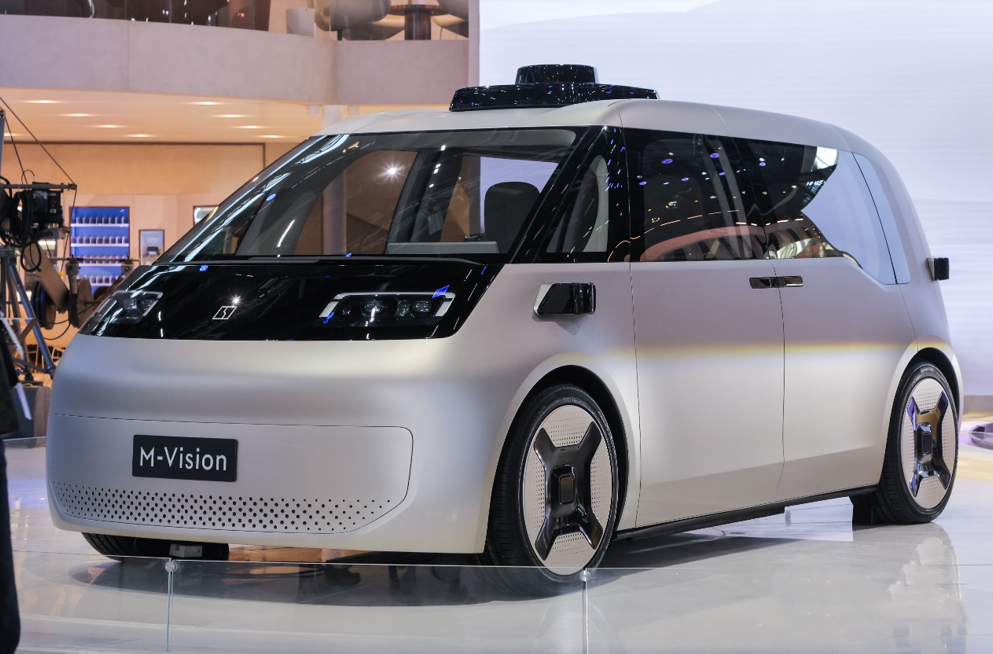Author: Wanbo Chu
Editor: Kaijun Qiu
Jiayue (Geely)’s NZP high-speed navigation assistance system is finally coming.
At the 2022 Guangzhou Auto Show, Jiayue’s Zeekr (Geely’s premium EV brand) announced progress in intelligent driving: the Zeekr NZP high-speed navigation assistance system will launch full-scale testing in January of this year.
Similar to XPeng and NIO’s high-speed navigation assistance driving system, this system can achieve autonomous access and exit ramps, active cruise control, overtaking and lane-changing functions on high-speed and urban expressways covered by high-precision maps according to the navigation path.
As a result, Zeekr’s long-standing intelligent driving capability issue is finally beginning to gradually close the gap to the mainstream players in the industry. However, during the era of advanced intelligent driving already taking over the city’s open roads, Zeekr’s efforts still appear to be a little too late.
On December 30th, after the Guangzhou Auto Show press conference, Zeekr’s Vice President Lin Jinwen gave an interview to media such as “Electric Vehicle Observer” on the topic of intelligent driving. Lin Jinwen stated that due to the later start of intelligent development, Zeekr’s weaknesses objectively exist and can be understood.
However, at the same time, Lin Jinwen stated that Zeekr is currently walking on “cooperation + self-research” and will invest billions of RMB each year in related fields in order to quickly make up for the shortcomings of intelligent driving. Zeekr can be said to be “make-up class” in intelligent driving.
From facing problems to laying out intelligent driving, Zeekr can largely be seen as a representative of traditional automakers in the process of intelligent transformation.
The new force of carmaking discovers the demand for intelligent driving from users, initially launches advanced intelligent driving functions, and leads product cognition. Traditional automakers, realizing their delayed start, choose to cooperate with mature suppliers to improve punctuality before gradually developing in-house to address the root of the problem.
How does Zeekr lay out its intelligent driving plans?
Zeekr’s intelligent driving began with a strong association with Mobileye.
Prior to the 2020 Beijing Auto Show, Geely and Mobileye jointly announced that they would cooperate in intelligent driving. The vehicle brands Lynk & Co. and Zeekr brought their concept vehicles (the Lynk & Co. Zero Concept and Zeekr 001 Concept, respectively) to the show, which included a complete set of intelligent driving solutions, including Mobileye’s Q5H computing chip and SuperVision, etc.
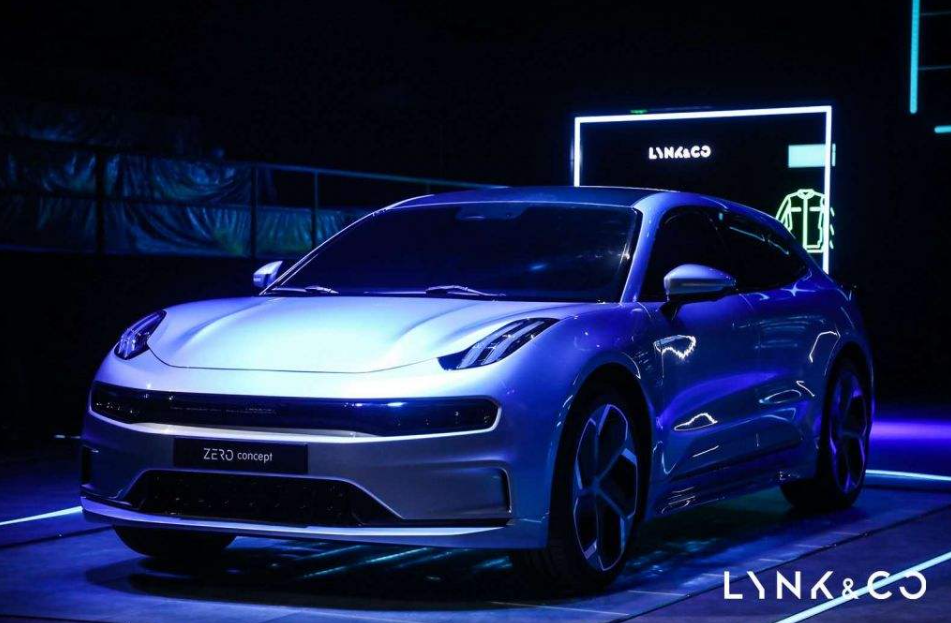
One is a top domestic independent car company and the other is an internationally renowned supplier of intelligent driving solutions. The announcement of their cooperation has attracted high attention.
At that time, there was still half a year before GIK’s brand was established and its first mass-produced car, 001, was still in its infancy.
Gelly entrusted Mobileye with its first high-end intelligent pure electric brand’s intelligent driving and gave it considerable trust. In an interview, Lin Jinwen also stated that compared with Tesla in pure visual perception, Mobileye is a top company in the industry with more mature technical solutions. This will accelerate GIK’s ability to catch up with intelligence.
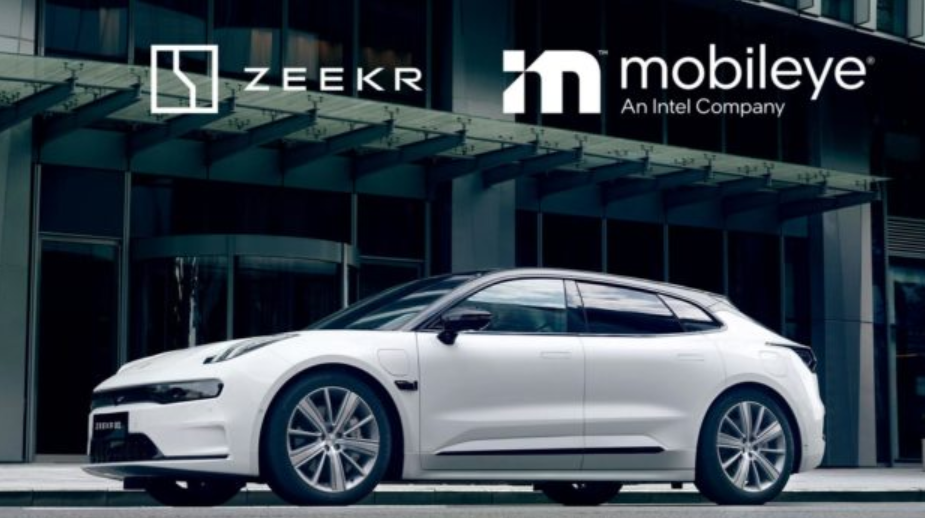
However, looking at the promotion of the smart driving-related functions of GIK’s 001, it lags behind the planned schedule.
According to the original plan, the high-end assisted driving products jointly created by the two parties will begin to be pushed to users in the fall of 2021. However, since the delivery of the GIK 001 started in September last year, related functions have long been delayed. It wasn’t until earlier this year that GIK started to push basic L2 level functions such as AEB and ACC.
Furthermore, some of GIK’s function promotions have not received good user feedback. For example, issues with AEB triggering accidentally and ACC being abrupt and not linear enough have received complaints from users.
At this time, industry-leading companies have already surpassed the general L2 level and started to mass produce higher-level functions such as high-speed navigation driving.
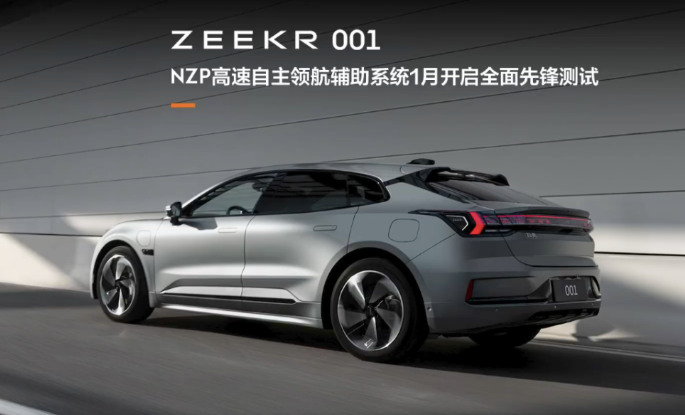
Why is GIK’s intelligent driving progress slow?
The general view in the industry is that Mobileye’s “black box” delivery method of software and hardware integration does not allow car companies to participate in the development of core algorithms. Even the EyeQ5H chip, which claims to be open to the outside world, is actually in a “semi-open” state. When car companies make demands, Mobileye may respond but may not be able to solve problems quickly. GIK has no alternative but to wait.
Therefore, for Jidu Auto, if they want to achieve higher efficiency in autonomous driving, self-developing this aspect is a must-do step.
At the Guangzhou Auto Show, Lin Jinwen also revealed some information about Jidu Auto’s self-developed autonomous driving technology.
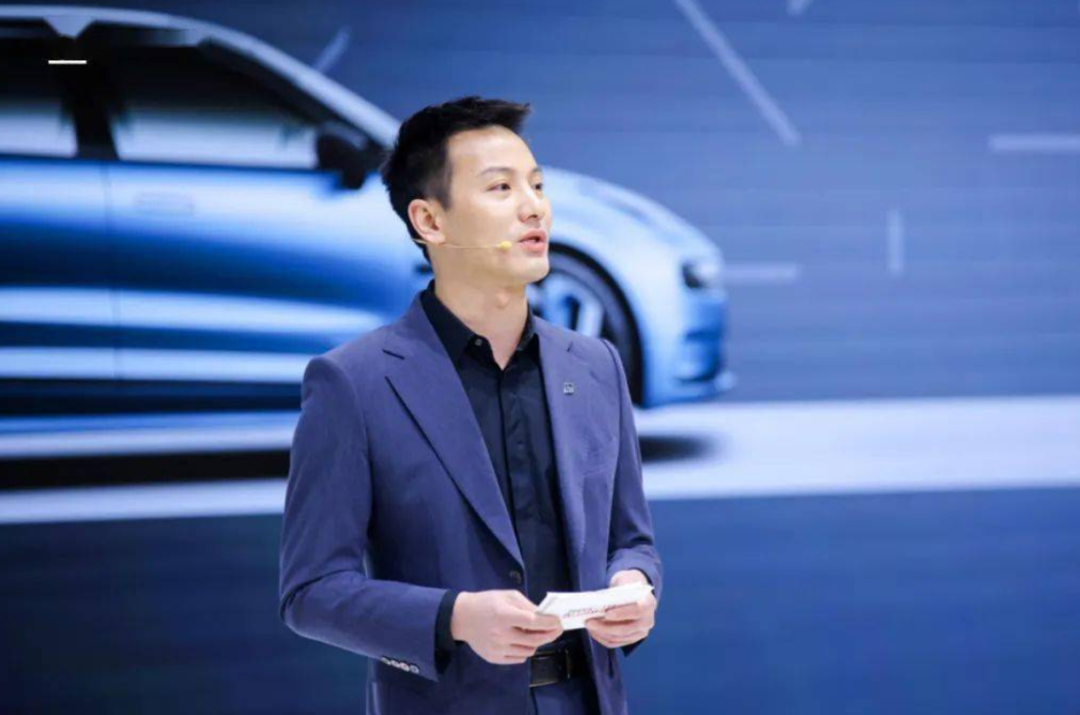
Firstly, Jidu Auto’s self-developed driving assistance product “Always On the Road” will cooperate with NVIDIA in the future. Before that, NVIDIA had also disclosed that its latest Thor computing chip will be installed on Jidu Auto models.
Secondly, Jidu Auto’s products in the coming years will continue to utilize cooperative solutions but in the longer term, will lean towards self-developed solutions. The cooperative solutions will not be abandoned, but will be used based on the characteristics of different models.
Finally, according to the plan, Jidu Auto’s R&D expenses after this will reach a level of tens of billions of yuan annually. Because of Geely Automotive’s strong support, Jidu Auto has no worries about basic research and development, so capital can be concentrated on product software and hardware development.
An annual investment of tens of billions of yuan is not a small amount. Geely Automotive is currently promoting Jidu Auto’s listing on the US stock market for fundraising, which is also part of this consideration.
Although Lin Jinwen did not disclose a time frame for the self-developed products, based on the scheduled mass production of the Thor chip in 2025, Jidu Auto’s self-developed solution based on NVIDIA’s chip will probably be released around 2025.
Joint Choice: Cooperation + Self-development
The problems and solutions encountered by Jidu Auto in autonomous driving are also the common challenges faced by traditional automakers in the industry. Not only Jidu Auto or Geely, the “cooperation + self-development” dual approach to intelligent driving development is a common choice in the industry.
Taking SAIC Motor as an example, its high-end intelligent electric vehicle brand Yudo chose Momenta’s intelligent driving solution for its first model, while SAIC’s other subsidiary Flying Pigeon Motors launched the full-stack self-developed Rising Pilot intelligent driving system in late September last year.
From the perspective of two NVIDIA Orin X chips and perception solutions including LIDAR, this Rising Pilot system is aimed at advanced autonomous driving.“`
Changan Automobile has been deeply cooperating with Huawei to create the Evita brand, while also continuing their own research and development efforts.
In August this year, Changan Automobile established the “Zhuge Intelligent” brand. The main focus of this sub-brand is self-developed intelligent driving, therefore Zhuge Intelligent has built a full-stack technology closed loop of data + algorithms + underlying hardware.
In terms of goals, Changan’s self-developed intelligent driving system aims to include advanced driving capabilities such as high-speed, urban open roads, and parking scenarios. The parking function has already been installed in cars, the high-speed navigation function will be launched soon, and the city navigation assistance function will be installed in cars by 2024.
In addition, traditional car companies such as GAC Aion and Great Wall are also typical representatives of the “cooperation+self-development” model.
The driving force behind the general practice of “cooperation+self-development” among industry players is also worth exploring.
In terms of market demand for intelligent driving, traditional car companies have not regarded intelligent driving as a core selling point in the past, and the related functions were often developed by Tier 1 suppliers such as Bosch and Continental.
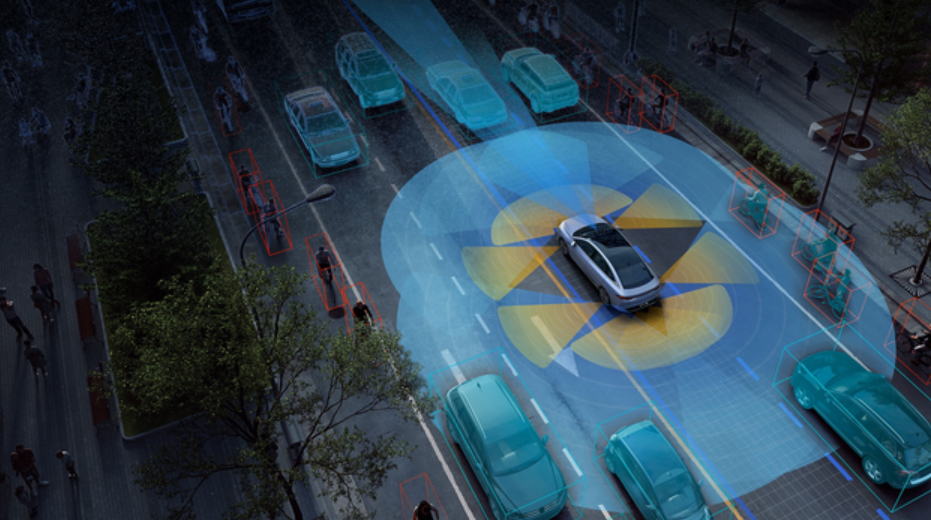
However, from the very beginning, the new car-making forces regarded intelligent driving as an important selling point and invested a lot of resources in research and development. In this process, most traditional car companies were left behind due to various factors.
Lin Jinwen also believes that the criticism of Jidu Auto’s intelligent driving is mainly due to a late start and short development time. At the same time, he also believes that the user’s evaluation dimension is not the length of development time, but a comparison with similar products in the market.
Having less technical accumulation and weaker intelligent driving product capabilities isn’t exclusive to Jidu Auto.
Therefore, it seems that relying on others to make up for one’s own intelligent driving capabilities is the lowest cost and fastest way to achieve it.
However, this “giving the soul to others” approach also has its costs, and overall, there are several problems:
```
First of all, **in the iteration of products, we need to follow the rhythm of our partners and lack autonomy.** We can find that there are many delays in the OTA of intelligent driving functions for models currently equipped with cooperative schemes on the market, including extremely cool, IM L7, and HiPhi Alpha S Huawei Edition.
Secondly, **there is inefficiency in data processing.** We know that data is the main driving force for the continuous evolution of autonomous driving algorithms, and the advantage of host manufacturers in data collection is far higher than that of partners in mass production cars.
However, the problem is that host manufacturers lack algorithm accumulation and data processing capabilities to effectively utilize massive data, and naturally cannot establish a complete data closed-loop to obtain the ability of self-growth. Suppliers of data-iterative algorithms face the problem of playing games with the host manufacturers in data acquisition.
Therefore, in comprehensive consideration, **cooperation is used to cope with the present difficulties, and self-research is used to shape a long-term soul. No matter which one is chosen, it will not delay the solution that best suits the needs.**
## What are the advantages of traditional car companies in self-research?
Only from the perspective of extremely cool itself, Lin Jinwen believes that there are several favorable factors for self-developed intelligent driving:
Firstly, as a new brand of Geely, a traditional car company, Ji Ke has more technical experience in vehicle integration and mechanical quality. This traditional advantage is difficult to catch up in the short term. However, **the gap in software capabilities is actually continuously narrowing, and the pace of this narrowing is getting faster and faster.**
Secondly, although it started relatively late, Ji Ke has the advantage of catching up from behind, and can quickly catch up with the leading companies in the industry through cooperation and learning, and build self-research capabilities through learning and large-scale investment. **Lin Jinwen stated that the intelligent level of Zeekr 001 has basically entered the first echelon, and the M-vision concept car exhibited this time is based on Geely’s self-developed Haohan-M architecture, which can be compatible with almost all intelligent driving software systems worldwide and support high-level autonomous driving.**
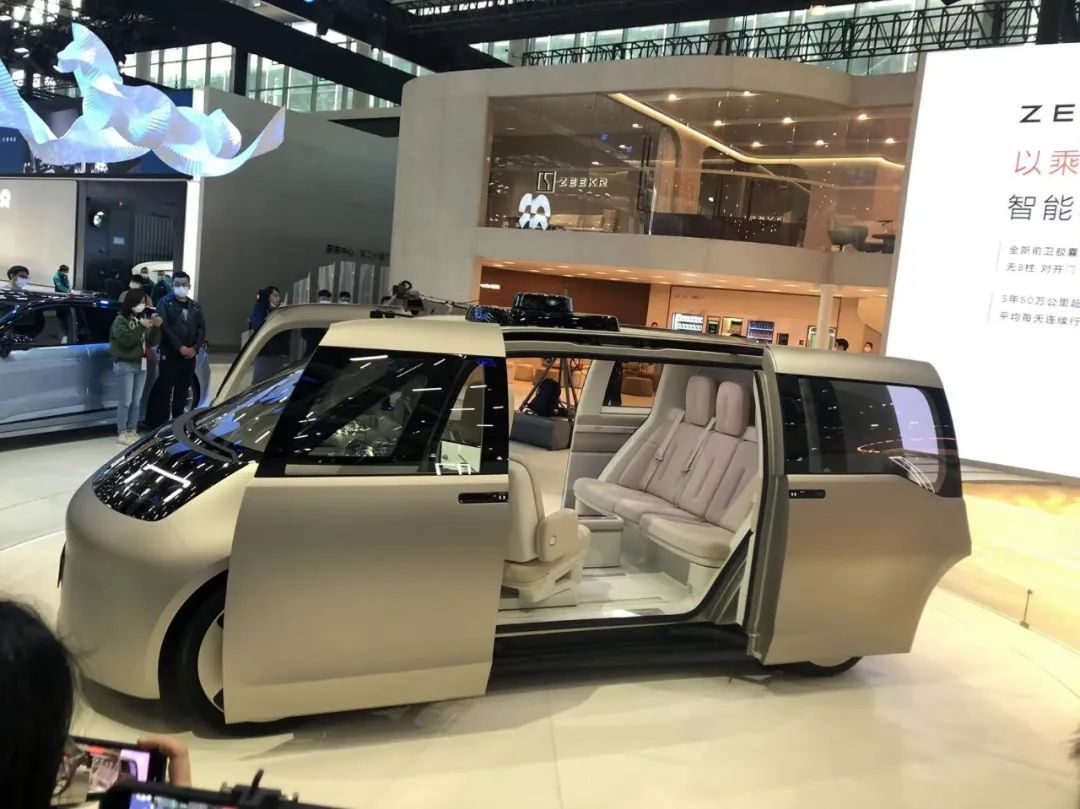
Finally, extremely cool can rely on Geely as a strong support. On the one hand, Geely’s global ecological layout allows the research and development achievements of brother brands can be reused on extremely cool, such as the vast architecture application on the car is a typical example; on the other hand, extremely cool can also obtain sufficient resources from Geely to invest in research and Development.
As Lin Jinwen put it, “Extremely cool has a good dad.”
Admittedly, Geely can indeed become a strong support for extremely cool’s self-developed intelligent driving, but it cannot be denied that negative factors also exist in the process of traditional car companies’ self-developed intelligent driving.
The first point is the construction of talent team. Some industry insiders believe that the attraction of traditional car companies in software talent is far inferior to that of new car-making forces and automatic driving companies. Under the background of severe scarcity of automatic driving talents and cross-border talent recruitment by Internet giants, it is not easy for traditional car companies to quickly build a software algorithm team.
In addition, compared with new car-making forces, traditional car companies have disadvantages in enterprise culture and organizational management, which will also have some impact on the research and development progress to a greater or lesser extent.
This is particularly evident in foreign car companies such as BBA.
So, are there any ways to retain advantages and avoid disadvantages?
Acquiring an autonomous driving company through capital operation may be a choice. From the perspective of the host factory, the team of the autonomous driving company is complete, and it also has certain technological accumulation, which can directly “pick peaches”.
For autonomous driving companies, since this year, it has been the industry consensus that capital is becoming colder, and the autonomous driving race has gone beyond the stage of telling stories and needs to be commercially produced to prove its ability.
And all of this requires funding as a prerequisite. Devoting oneself to the main factory may be a way out for autonomous driving companies.
Of course, all of this needs to be based on the coordination and unity of the value goals of both parties.
Of course, not all acquisition cases are satisfactory. Look at Cruise, which was acquired by General Motors next door. Isn’t it changing high-level personnel in just three days and producing a high-end advanced auxiliary driving plan, Ultra Cruise, for more than six years of acquisition?
—END—
This article is a translation by ChatGPT of a Chinese report from 42HOW. If you have any questions about it, please email bd@42how.com.
